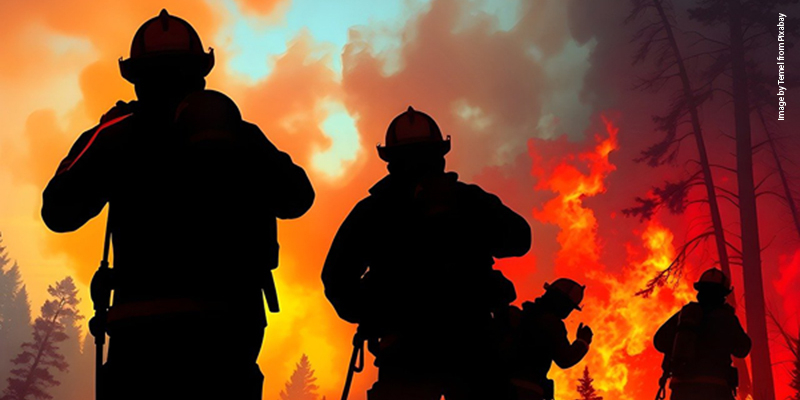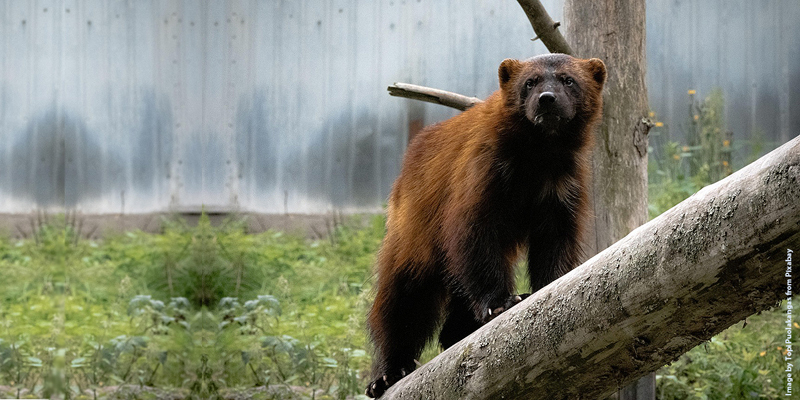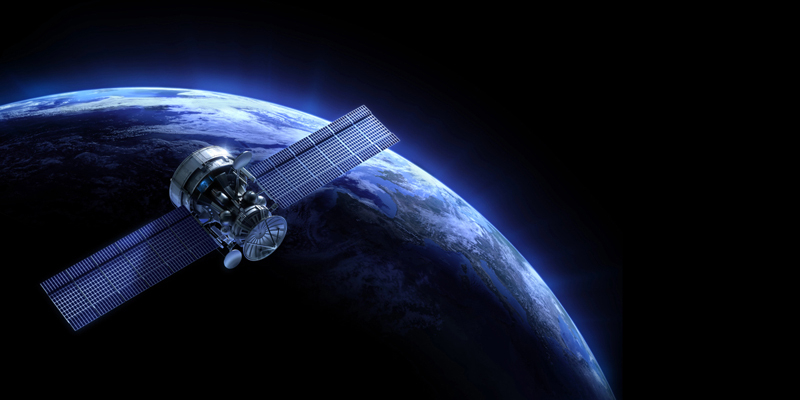The Environment Systems talk at Geodata 2008 challenged the traditional way of GIS-based thinking. No longer is it simply a case that vector maps are the state-of-the-art single solution for everything and raster maps are history and at best a useful, slightly fuzzy picture.
The presentation aimed to set out a balanced view on both sides of the argument including; vector maps providing topology and precision, but can be expensive to update; imagery provides thematic and temporal information, but can be less accurate.The talk started with some simple economics; Environment Systems are just approaching the end of a habitat mapping project which covers the whole of Wales, the first time the habitat survey was done was in the 1990âs using traditional methods of field survey and digitisation it cost in the region of £8M; using the information which can be intelligently extracted from satellite and aerial imagery, the project will now have cost at its completion less than 10% of this â a tremendous efficiency saving.There are still many situations were the vector still rules:⢠If you need high precision â then OS MasterMap is the classic standard that canât really be beaten⢠If you need to map subjective issues â for example if a landscape expert has declared one area as having âa simple landform characterâ and another as having âa complex landform characterâ then they need to draw the boundary using vector layers⢠If you have big databases â for example the population census to link in with electoral areas.⢠Or if you need a high quality cartographic product showing, for example, roads and rivers.Traditionally, imagery has always been used as a back drop and this is still a valid use for it; giving a context that people understand. However now we can get at the information within imagery it will become an increasingly important source of key temporal and thematic information to help address questions on the data resources needed to meet the challenges of our changing world;⢠We are going to need data which gives us accurate and repeatable baselines⢠We are going to need to be able to monitor change in a very robust and cost effective way to meet the challenges of: Climates change Population growth Food production pressures Land use change Access to greenspace⢠We will need to maximise efficiency and target resources.Imagery have always contained a great deal of data and information â the real difference now, that is leading to this revolution, is that we are now able to extract this data and turn it into information. Three key techniques are important for this: visual interpretation, image segmentation and automated classification.Firstly, visual interpretation; we did not cover this area in great detail in this talk, as this is a well established technique, which has and will always have its uses and many of you will, I expect, have been involved in some sort of air photo interpretation at some time.But the next two techniques are now just becoming main stream, having been used in research projects for some time, they are now becoming useful to the wider world.What is image segmentation? Well to answer that question we need you to think back to the last time you did a jigsaw. Chances are if you are good at doing jigsaws you will be the sort of person who get all the trays in the house and sorts out the pieces before you even start the jigsaw, putting the yellow ones on one tray and the blue sky on another and the blue sea on another. Well segmentation is just like the computer dividing up the image based on the colour and texture of each of the pixels and drawing a line around those that are similar. Think of it as automatic digitisation.Why use it? The real advantage of automatic digitisation comes when you have situations such as boundaries which can be drawn in more than one way. So this approach is really valuable where you need a robust and well defined baseline which is essential for monitoring change. It is also therefore a method where you can have a robust and repeatable method as if you re-fly the area and get new imagery you can use the same rules for the segmentation to get a similar result.When you have your image all divided into polygons can you go on to classify each of these polygons automatically? Well the answer to this is yes. For simple data sets, for example thermal heat imagery layer for your area, you could easily teach the computer to recognise buildings which you consider âtoo hotâ. For more complex classifications you have to introduce sophisticated algorithms, rule bases and maybe even artificial intelligence. Why use automated classification?⢠Well, manual classification options can be very high cost⢠For many cases, automated methods can pull out features with sufficient accuracy.⢠It can therefore save time and money.CASA STUDIESOne of the features in the landscape that is really important at the moment is hedges. They provide connectivity in the landscape which will be an important issue when mitigating against climate change. Using segmentation methods it is possible to pull out all the hedgerows in an area, a job that would be completely impossible by traditional methods due to the sheer effort and cost involved. This shows an example of a colour infra red image (that is why itâs a funny red colour) and the hedgerows that have been automatically classified from it.Because of how âinfrared imageryâ works it is very easy to see living and non living vegetation. Therefore its not just the fact that there is a boundary there but also that perhaps you could identify the difference between a wall and a hedge and just draw the hedges which are part of the living landscape and therefore of more interest to network and climate change issues etc. It is also possible to find gaps and single trees. We call it a semi-automated method because if you want to add attributes about what sort of trees you would need to put these into the database yourself.Finally, coming back to the Wales mapping project referred to at the beginning of the talk with the significant cost savings through the intelligent use of satellite and aerial imagery. This project is just approaching completion. To make this update of the habitat vegetation map of Wales, we used several different segmentations and lots of satellite and aerial imagery. We took imagery from spring, summer and sometimes autumn and developed an expert rule based classification system to produce a national map â at a field scale - for less than 10% of the original cost of the first traditionally mapped project.In conclusion, will imagery take over from the vector map? It is certainly set to become as important and valuable a tool.
Author: Steve Keyworth, [email protected]
Bio.: Environment System Director
For more information visit:
Subscribe to our newsletter
Stay updated on the latest technology, innovation product arrivals and exciting offers to your inbox.
Newsletter

